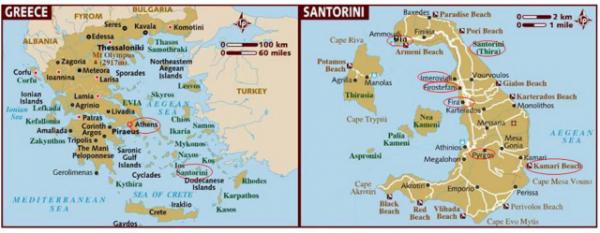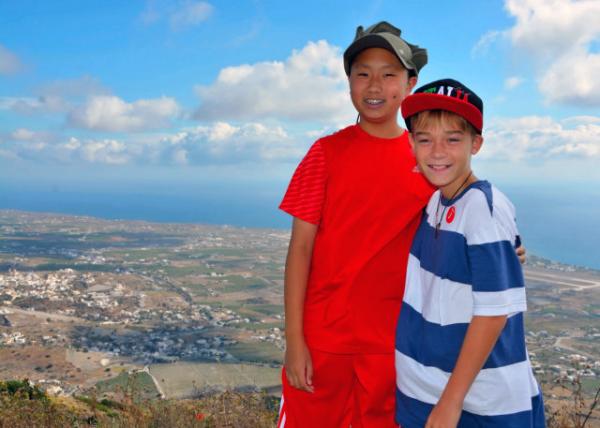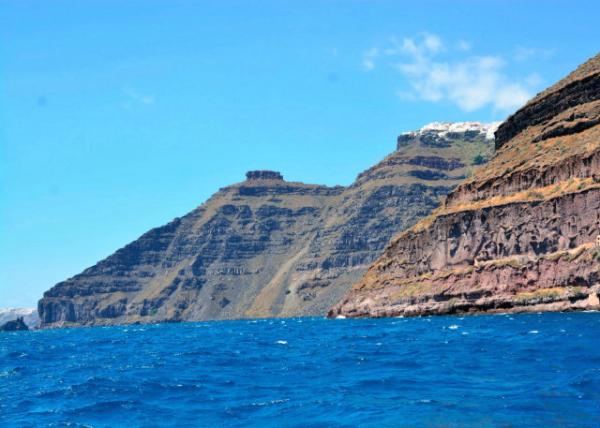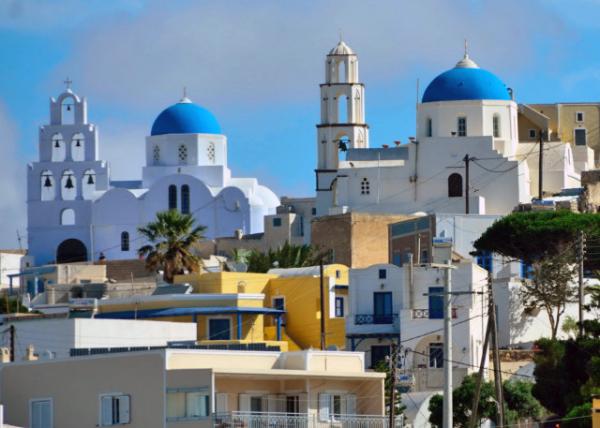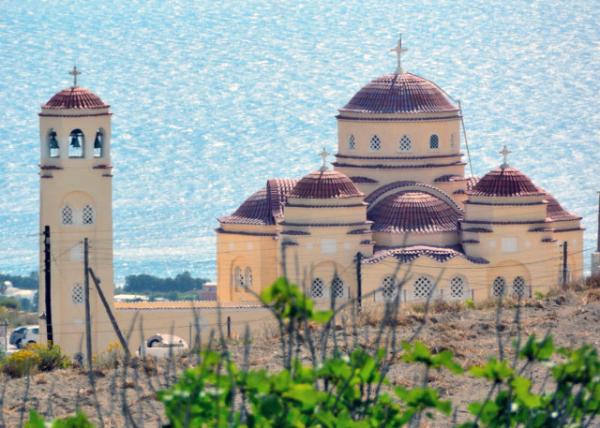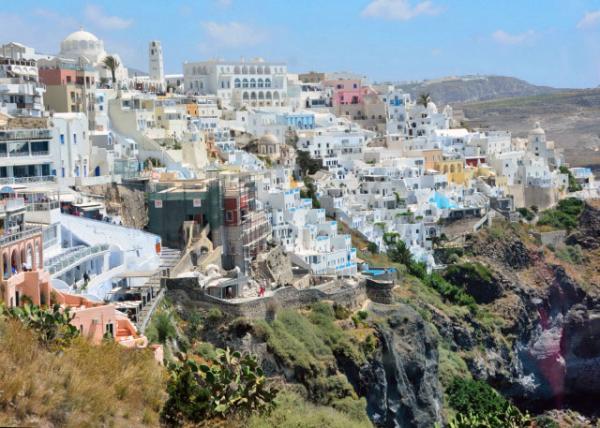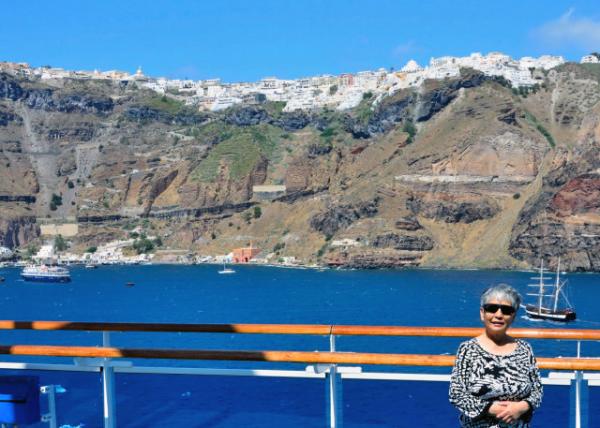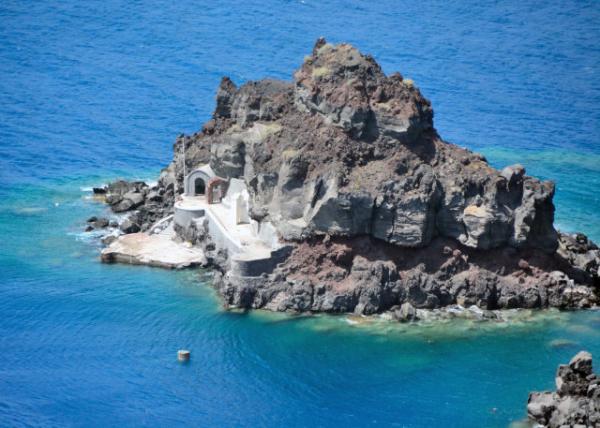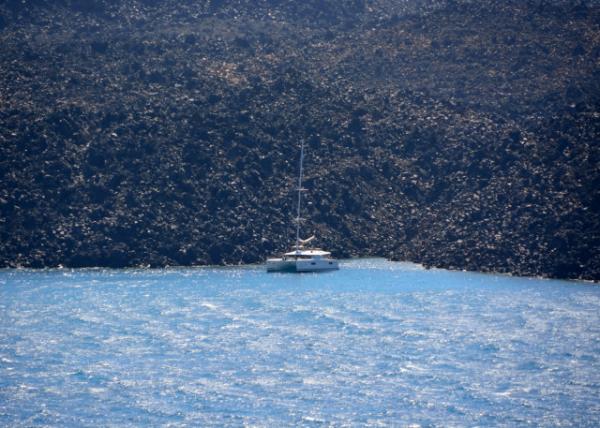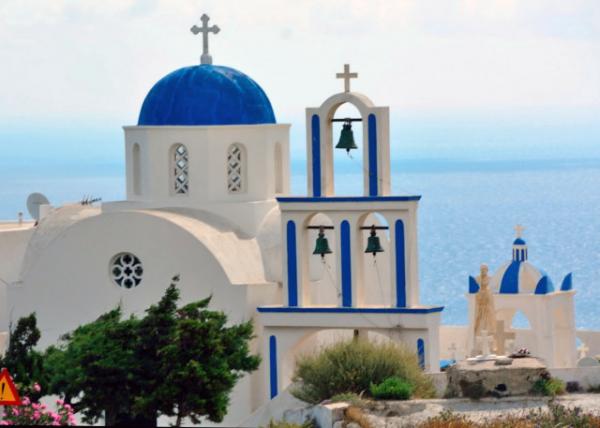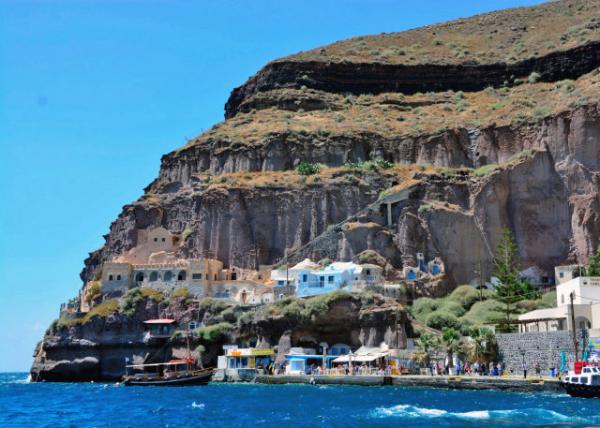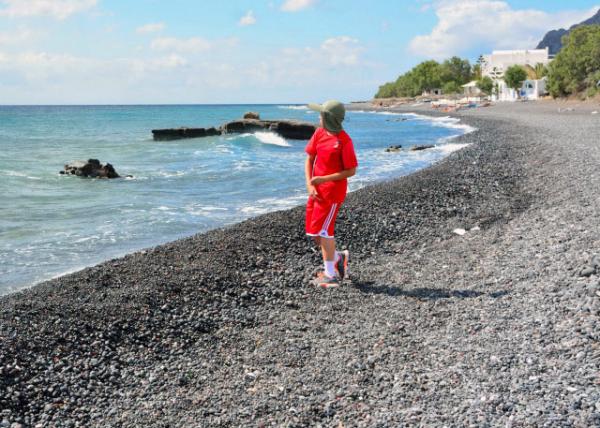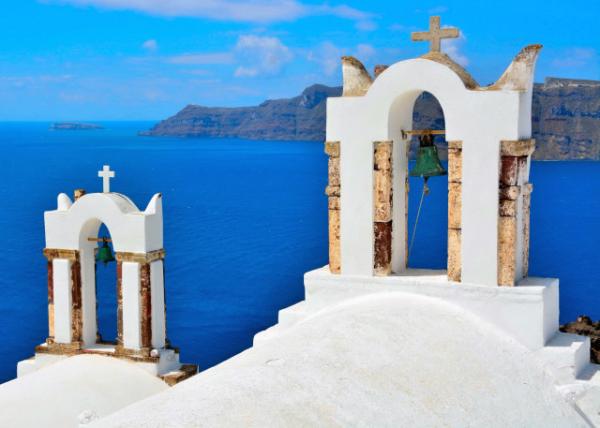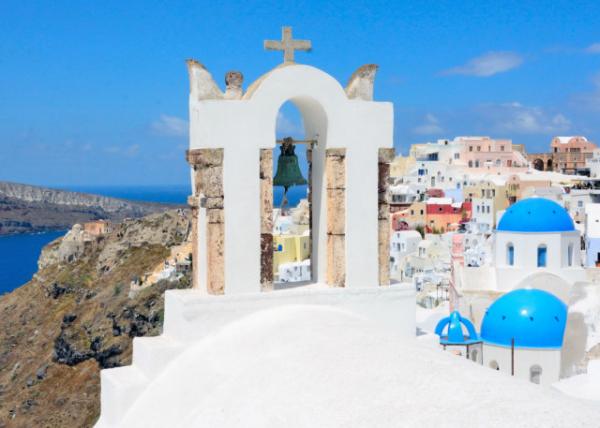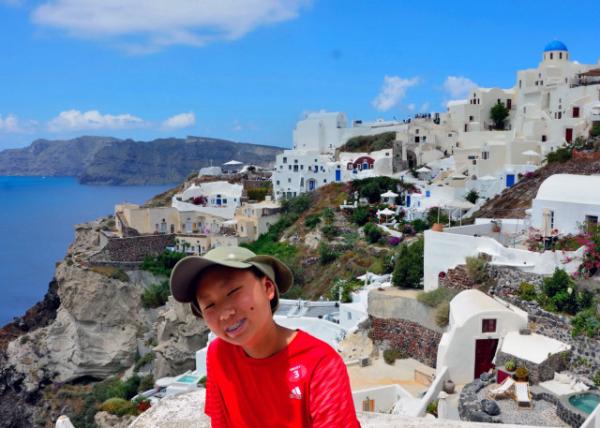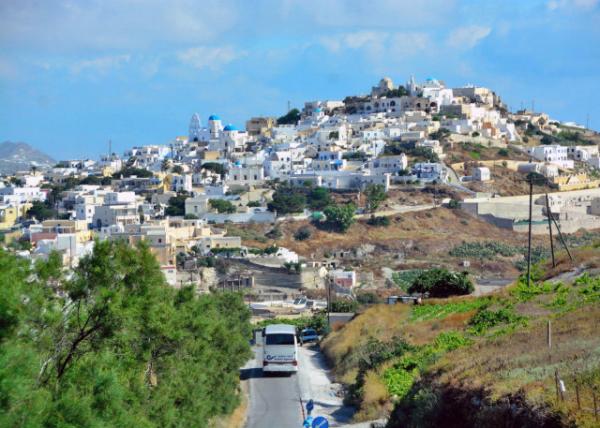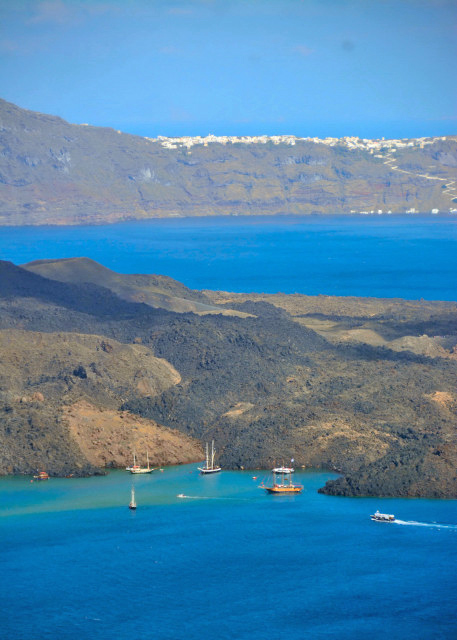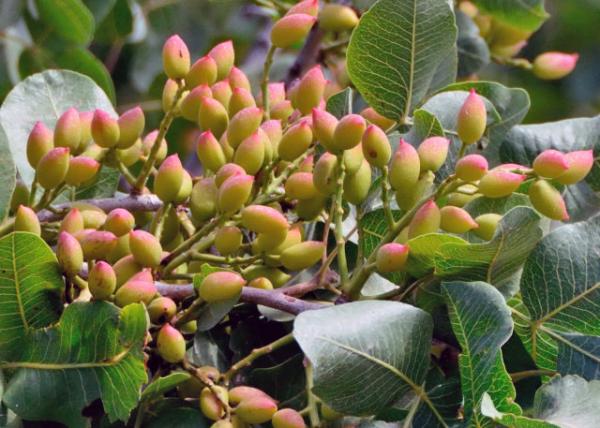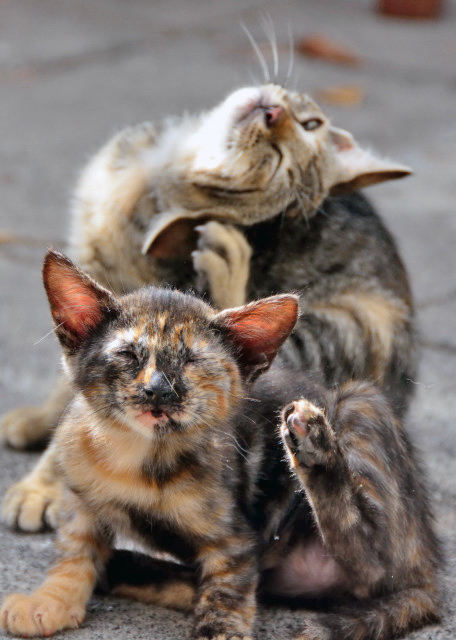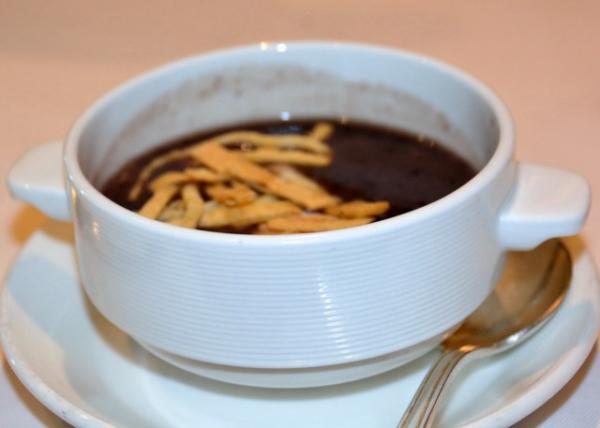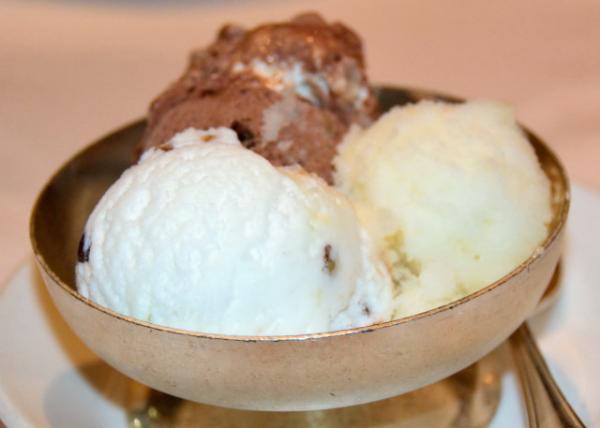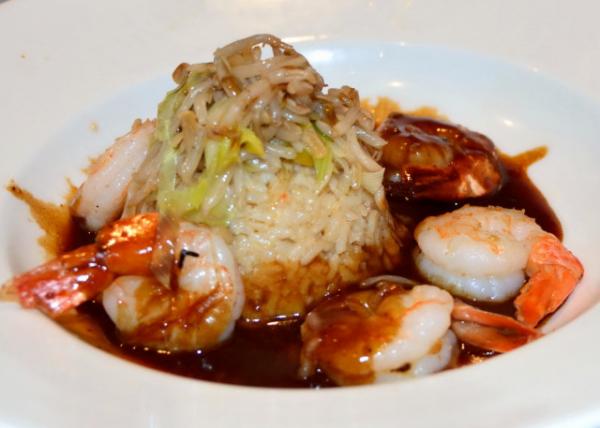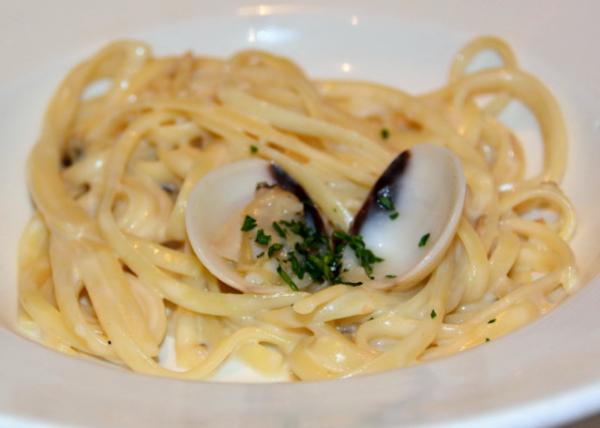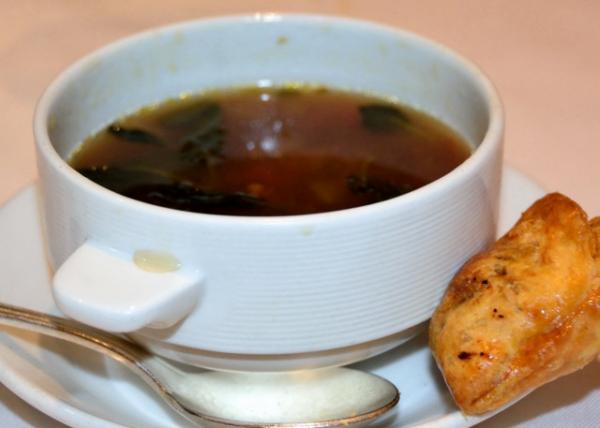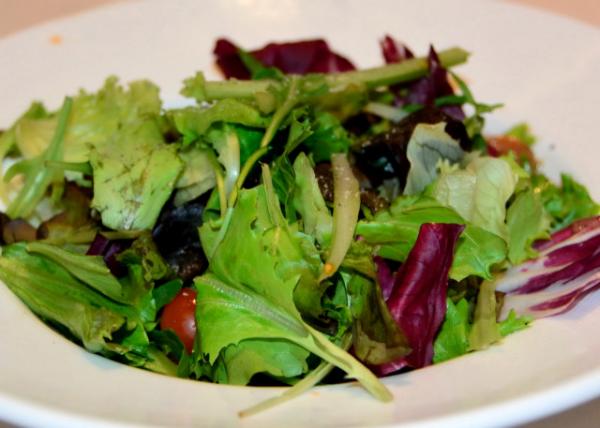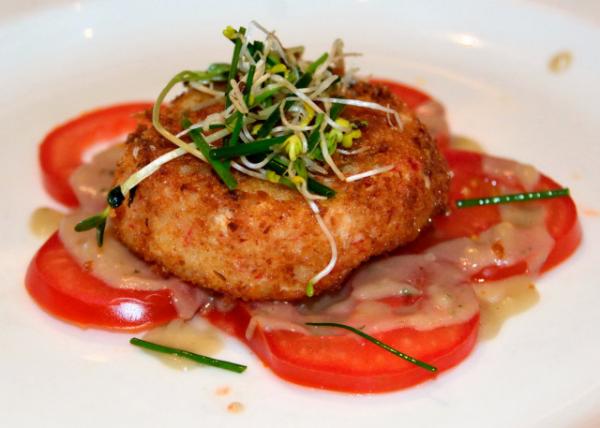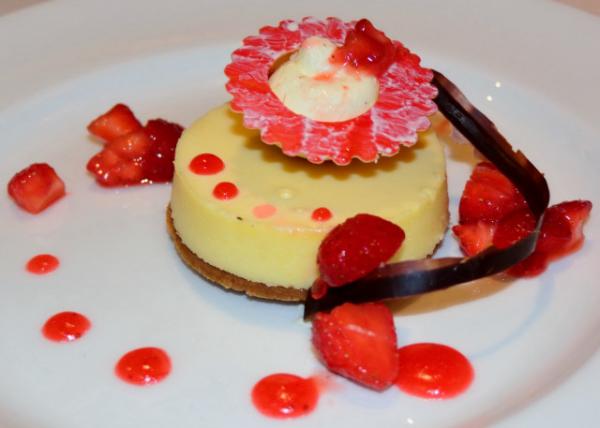| 希腊圣托里尼生命轮回(The Circle of Life in Santorini, GR) |
| 送交者: 天边的红霞 2020年04月27日09:11:29 于 [五 味 斋] 发送悄悄话 |
|
2015-06-19
【Aiden in English】 It’s really funny how some things after being destroyed can start again. At times, it becomes impossible to even exist anymore. What goes around comes around, and the return can be amazing. In 1650 B.C., a massive earthquake struck Santorini of in Greece. The island would never be the same. This most beguiling island of the Cyclades was sitting on two clashing continental pates. One earthquake triggered tsunamis, and an eruption shook the island from an active volcano. One half of the island rose, while a large chunk became a very odd-looking sea bed. It created a signature caldera and two smoldering islands situated in the center. Of course, the crater just so happened to remain on the surface, for the land around it just magically and miraculously missed the volcano. The dark beach spans out a direct result of the volcanic activity along the coastline, striking contrast to the azure sea with its onyx-colored sand. After the whole affair, the volcano stayed active all the way until the present day. That’s what I call stubborn, which sounds similar to some people trying to win the lottery. The eruption also gave birth to a sheet of very fertile volcanic ash. The ash made exotic plants grow. When settlers came, they farmed an extremely lush island of vegetation. Unlike any part of the Mediterranean Sea, it provided amazing scenic views where the volcanic walls were capped by whitewashed villages. The island was sheered with a sharp cliff dropped steeply into the tranquil caldera bay. The people of Santorini also followed a very Chinese way of cultivating land, which involved a stairway or terrace of planting style. The farm land made up most of the area back to flower-filled verandas. Santorini had no fresh water through, and that factor crippled the civilization. In 1956, a huge earthquake moved the river flowing through the island. The river had meant life. Now the people stuck on Santorini are also stuck on having the tourists pay to go to the restroom. Some islanders were even afraid to invite friends into their houses. I guess the locals go looking for cover lots of time. Water is probably the largest imported goods, and a drop of water might as well be a drop of wine. These sides evened out to a pretty nice island. The island got a second chance. As we all know, if you beat an orange to pulp without removing the seeds, it will never grow back or produce another orange. Yet apparently, there is a law in physics that if a volcano blows up an island multiple times, it becomes prettier and more fertile. It defies a crucial law in the universe. The law is based on a thing called “entropy”, which means that everything is destroyed. At the finish line or at different points along the way, all of existence will disappear, for example, Pompeii in Italy. When Mt. Vesuvius erupted, Pompeii was destroyed and never rebuilt. At present, it looks like just a replica, and Santorini would never become a busy metropolis. Our sun only has another 5 billion (give or take a few million) years to burn. Light can be sucked into black hole. Everything that starts has to stop. Thus, I guess there’s room for a few acceptances like Santorini, but only far. The universe will disappear and be replaced by something even more bizarre and inexplicable, and apparently, so does this entry. Santorini lasted through earthquakes, eruption, and time. Soon though, I’m sure there will be something that the island has to fight for its survival. 【红霞译文】 生命轮回着实饶有兴趣,有些东西从此化为乌有,有些事情一去不再复返,但善有善报,恶有恶报,一旦逃过劫难,未来会更加美好。 公元前1650年,希腊圣托里尼岛发生了强烈地震,从此旧貌换新颜,这个堪称基克拉迪群岛最漂亮的海岛地处欧非两块冲突的地理板块之间,地震引起海啸,火山爆发带动地壳变迁,一半火山升出水面,剩余的大片怪石嶙峋并构成地貌迥异的海底世界。圣托里尼岛皓若一个盛满海水的巨型招牌火山口,两个后来形成的火山岛位居其中,与周围峻山奇岭遥遥相望;同时,海岸线一带火山活动成就了漂亮的黑色沙滩,玛瑙般的沙砾与碧蓝的天空形成鲜明对比。 圣托里尼岛几经大自然洗礼,直到现在其火山活动仍然十分活跃,火山简直太过固执,好像跟赌棍没啥两样。火山喷发释放出大量火山灰,把土壤滋润得相当肥沃,有助于奇花异草茁壮生长,难怪当年父老乡亲一踏上这片土地,无不为之欣然倾倒。与地中海其它岛屿卓有不同,圣托里尼岛风景秀美,万丈火山壁陡峭险峻,径直跌入湛清澄澈的火山海湾,星罗棋布的白色村庄像个庞大的头套紧紧罩在悬崖之巅。圣托里尼人活学活用,干脆把一亩三分地开垦成中式梯田,屋前阳台花枝招展,房后农庄满园春色。圣托里尼岛淡水短缺,严重阻碍了文明建设。1956年地震彻底摧毁了原有河流,而河水乃是生命之源。如今定居在岛上的居民不得不要求游客付费上厕所,有的甚至不敢贸然邀请朋友来家做客,我觉得当地人碍于冲洗马桶所致,水无疑成为最大的进口商品,水贵如酒。这么看来,圣托里尼岛真是优缺点参半。 圣托里尼岛生命轮回。正如大家所知,如果你做橙汁的时候无核可剔,那么这种橙子永远无法用来播种传代。按照物理定律,火山爆发的次数越多,土壤色泽越好养分越足,进而揭示出一个残酷事实,定律基于所谓的“熵”值而论,也就是说世间所有事物最终都会趋于灭亡,只不过时间有早有晚,旧的不去新的不来,意大利的庞贝就是佐证。维苏威火山爆发之时,正是庞贝灭亡之日,而且绝无可能再获新生。眼下圣托里尼重蹈覆辙,恐怕永远不会发展成为繁华都会。太阳顶多再继续燃烧50亿年(前后加减几百万年),光也能被黑洞遮住,有开始必有结束。因此在我看来,个例时有发生,老天爷非常厚待圣托里尼,但别期待过高。 宇宙终将消失,取而代之的是一些无法想像和令人费解的东西,这就是熵值的现实意义。圣托里尼岛命大,曾逃过地震、火山以及时间之磨难;相信不远的将来,它还会面对生与死的抉择。
|
|
|
|
|
 |
 |
| 实用资讯 | |
|
|
|
|
| 一周点击热帖 | 更多>> |
|
|
|
| 一周回复热帖 |
|
|
|
|
| 历史上的今天:回复热帖 |
| 2019: | 第三只眼睛看一带一路 | |
| 2019: | 首页刘强东一地鸡毛的文章,证明我当时 | |
| 2018: | 醒狮| 契约精神vs小聪明 | |
| 2018: | 毛粉团北韩出车祸,家属咋一声没吭尼? | |
| 2017: | 秋念11:西化,将是中华民族最深重的灾 | |
| 2017: | 专家们评估川普新税收计划(译文) | |
| 2016: | 随着床铺不断接近党内提名,媒体也似乎 | |
| 2016: | BBC: 吴弘达遇意外去世终年79岁 | |
| 2015: | 看了阿巫下面贴的那条假新闻,想起微信 | |
| 2015: | 哈哈。这些上海丐帮车模倒是挺可爱的。 | |




